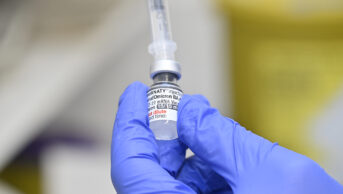
Shutterstock.com
The European Medicines Agency (EMA) has produced a new draft guideline for the clinical development of vaccines.
The guidelines, which have been put out for a six-month public consultation, include specific considerations for clinical trials of vaccines in special populations, such as pregnant women or older people.
The revised version of the guidelines also adds considerations to priming and boosting strategies. These include the option of heterologous prime-boost, which involves the administration of one type of vaccine followed by a different type of vaccine for the same pathogen later.
The guideline also addresses the need to develop vaccines for pathogens that may cause future epidemics, and for which conducting clinical trials outside of outbreaks might be problematic.
According to the World Health Organization, immunisation saves an estimated 2–3 million lives each year and protects against many dangerous diseases, including cervical cancer, diphtheria, hepatitis B, measles, mumps, pertussis (whooping cough), and tetanus.
Vaccines can also help limit the spread of antibiotic resistance, as vaccination is an effective way to stop people and animals getting infected, thereby preventing the need for antibiotics.
The EMA said once the revised guideline is adopted by the Committee for Medicinal Products for Human Use, the current guidelines on clinical evaluation of new vaccines will no longer apply.


